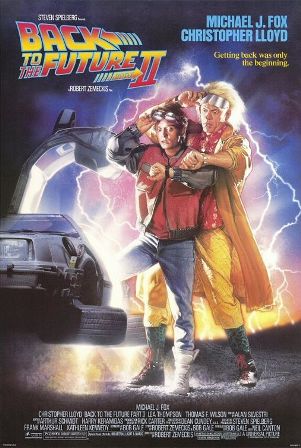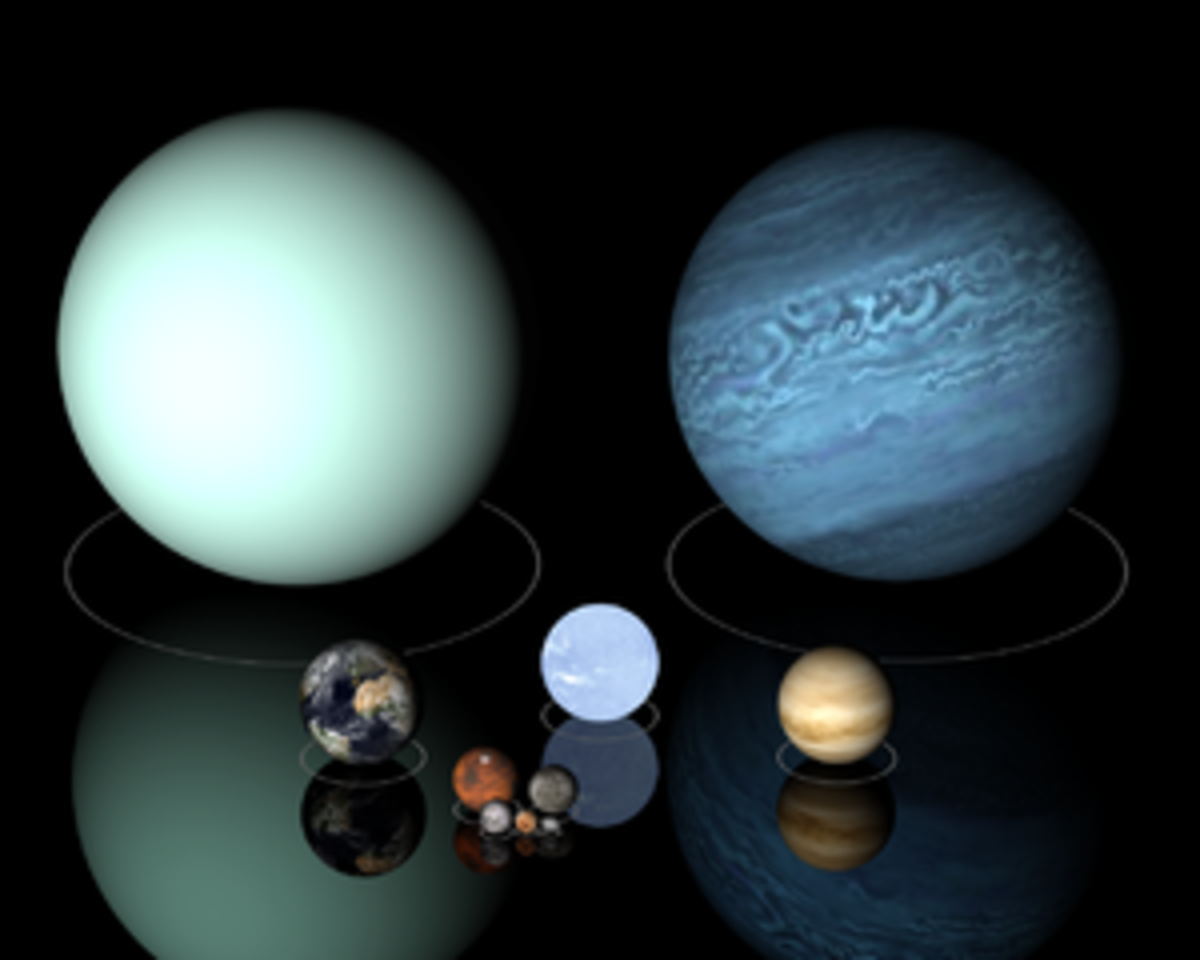"The future ain't what it used to be"
"The future ain't what it used to be" Yogi Berra

In the movie “Back to the Future II” Marty McFly travels forward in time to his town, Hill Valley, in the year 2015. Upon arrival, he witnesses a futuristic community with (among other things) silent, streamline (electric?) cars, giant holographic sharks advertising the movie “Jaws 13“, many small aircraft zipping around just above the buildings and hovercrafts of all sizes. No doubt the producers of this film (which was made in 1988), imagined a futuristic world that would confuse and baffle Marty. But it being 2013, I can pretty much be certain that in three years our world will be not be like Hill Valley as it is depicted in the movie.
This scene is one of many examples in popular culture in the past attempting to depict the future. It is interesting, and sometimes humorous, to watch how people thought we would live in this age. As part of my research for this Hub, I watched many old videos on YouTube. These were old movie shorts and television shows from the 1930s, 40s, 50s, and 60s. One thing they had in common was that they predicted all the wonderful technology that would make people’s lives easier in the future. I watched videos depicting the car, home, appliances and cities of the future. While many of these ideas are were ridiculous and impractical, (none of us have a household robot who cooks dinner and cleans) a few of the concepts like household appliances, electric and fuel-efficient cars, video telephones and planned communities, have come to fruition though not exactly in the way the are depicted in these films.
A staple of science fiction in the past has been space travel. Indeed in the heady days of the space race in the 1960s they were all sorts of predictions that we would continue our space exploration leading to settlements on the moon and the planets. While it was economically impractical and technologically unattainable then (as it is now), that didn’t stop popular books, movies and television shows like “Star Trek“, “Space 1999“, and “2001 A Space Odyssey “ from becoming classics.
If we were to transport a person from say, 1960, to the present day he would see a future that would baffle, confuse, stimulate and, likely, offend him. He’d be a visitor to a world of information. He came from a world with newspapers, radio and perhaps three or four channels on television to our world where information is instant and plentiful. With the internet and 24 hour cable news we do not need to wait until the newspaper is published or until the six o’clock news broadcast to learn what was going on in the world. Indeed, how would you explain the Internet to someone who came from the world where only a few computers existed and were used solely for research or by large corporations. Wikipedia defines the Internet as “a global system of interconnected computer networks that uses the Internet protocol suite to serve billions of users worldwide” The average person from 1960 would not understand a word of that.
While the new technology would confuse him greatly, he would be pleased with the advances in the technology he does understand. To a person who is used to watching television on a 20 inch black and white Dumont, a 37 inch flat screen HDTV with 200 channels would amaze him. He would be pleased by the ride, comfort, safety and reliability of today’s automobiles. ( but he might object at gas at $4.00 a gallon and the fact that many of the best cars on the road today are Japanese or German designs). And he would be impressed by the ease and efficiency of today’s mobile phones.
While the person from 1960 may be amazed by technological advances, he would be confused, and perhaps offended by many social changes. He came from the world that was dominated by white men. In the workplace, he is used to seeing white men in virtually all positions in management with women designated for support positions. It was fully expected that when they married they would be out of the workforce. Most minorities would have been designated for more menial jobs. He would have a hard time adjusting to the gains made by minorities and women in the workforce and society in general . He may also have a problem with casual dress. Many companies today do not require men to wear a typical suit and tie to work. He, on the other hand, went to work every day dressed like Don Draper in “Mad Men”.
Indeed, this is part of a bigger trend in society as a whole. Dress is a lot more casual in many aspects of society. Where once people would dress up to go to a ballgame, church, train or airplane trip or other event, today people are dressed much more casually when they do these things. Casualness is not limited just to the manner of dress. Society as a whole has become much more casual about and accepting of sexual matters. In 1960, it was shameful to have a baby out of wedlock. Today, one in three births in this country is outside marriage. It is acceptable for people to experience sexual gratification without marriage. And the idea of homosexuality was trapped firmly in the closet in 1960. The person from 1960 could hardly imagine homosexual partnership and marriage let alone the President of the United States announcing his acceptance of these actions.
Economists and pundits also made predictions about our government and what the United States would be like the future. In 1959, John Birch made a speech predicting many of the problems this country has today. He spoke of high taxes, run away spending, the rise of socialism, the disrespect many of our citizens have today about the US and other items which plague us today. While Birch was a very controversial and polarizing figure, his views in this 1959 speech were spot on.
Of course, a few of the more pessimistic future predictors thought that all these great technological and social advances were a moot point. From 1952 to about 1975 these doomsayers said we would destroy our society with nuclear weapons. This is one prediction I’m sure everyone is happy that it did not come true!
In reality, prediction of the future is a hard, and nearly impossible task. How could the prognosticators 50 or 70 years ago possibly know what great inventions will come to be in the future and how they will affect society.. They were limited by not knowing what other inventions would come. All they could do was predict that the things they had then would be improved and perfected. For example, How could the inventors of the computer have known how Facebook and Google would influence and change our society?
While Marty McFly’s futuristic Hill Valley will not come to fruition in 2015, society may change later to allow these predictions to come true at a future time. However, there is one thing that has a small chance of coming true by 2015. In the town square, a large 3-D video screen reports that the Chicago Cubs have won the 2015 World Series. While I wouldn’t bet the house on this, this is one thing that could happen
This video is typical of t.he many I researched forn this Hub. They were wrong on most things, Especially fashion and aircraft. But they were right on a few things on ship design and urban planning







